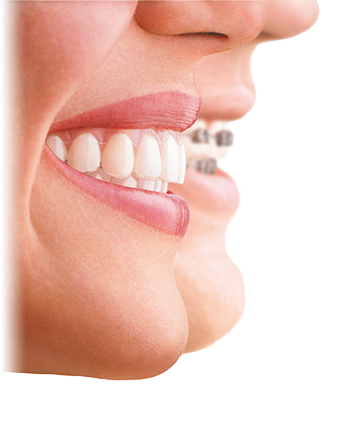 Dental pain, ranging from continuous dull throbbing to sharp intense stabbing sensations, is notoriously unpleasant. The reason why dental pain stands out from other types of pain is that it usually stems from the dental nerve which can be very exposed if the tooth is affected by decay.
Dental pain, ranging from continuous dull throbbing to sharp intense stabbing sensations, is notoriously unpleasant. The reason why dental pain stands out from other types of pain is that it usually stems from the dental nerve which can be very exposed if the tooth is affected by decay.
Dental pain is commonly known as toothache which can be misleading because in reality all parts of the teeth, nerve structure and soft tissue can cause painful sensations. At the lower end of the scale is pain caused by sensitive teeth. This is when enamel has thinned or eroded leaving the dentine and tooth root slightly more exposed to extremes of hot and cold from food, and even simply breathing in. The extreme of temperature sends a stimulus to the nerve that passes through the dentine that causes the pain. Sensitive teeth can be treated in several different ways that include using more effective toothpastes and cleaning methods but in more serious cases teeth may need a filling or crown to provide an extra layer of protection against pain.
More serious dull or sharp pain can be caused by infection of the tooth or gum. When a dental cavity exposes the sensitive central part of the tooth it can sometimes become infected with the bacterial matter that lives in the mouth. This bacterial infection attacks the root of the tooth containing the dental nerve, which can be extremely painful. This can also lead to painful dental abscesses as the body attempts to fight back by producing more white blood cells. This builds up in pockets around the teeth causing very nasty and painful abscesses.
Most dental pain will respond to over-the-counter treatment with painkillers but in all cases it is important that you make an appointment to see a Leeds dentist as soon as possible, even if the pain appear to have disappeared naturally. This could be the result of an infection destroying a nerve causing a temporary end to the pain but the infection may still spread to other parts of the mouth.







